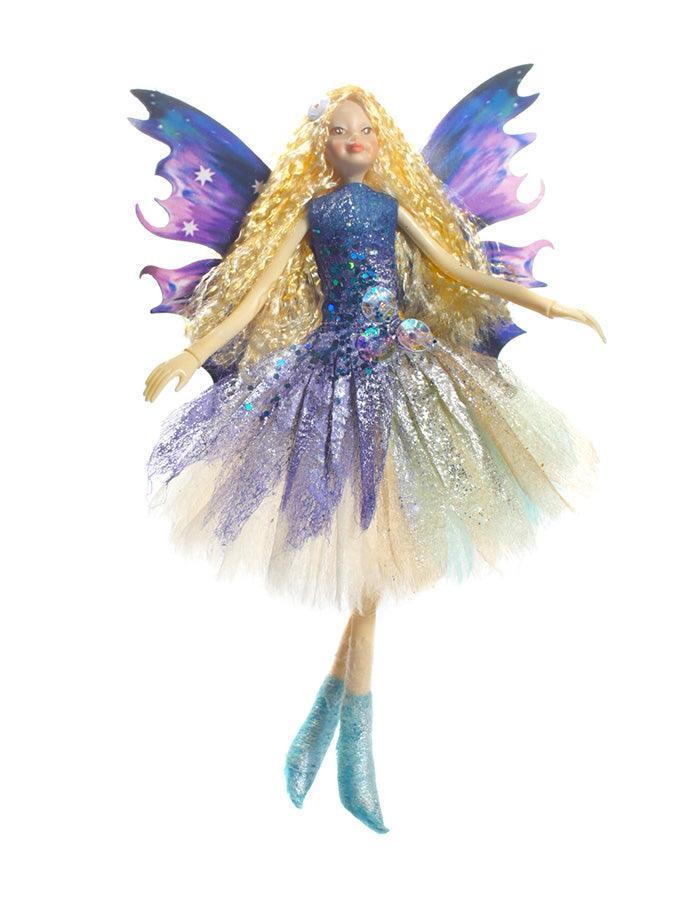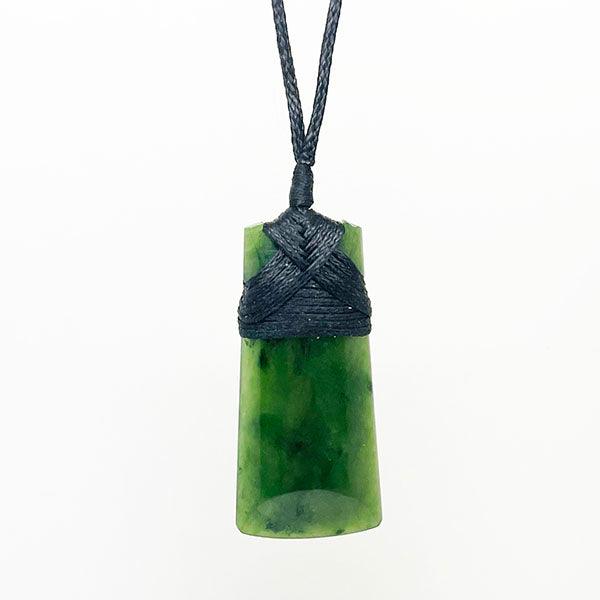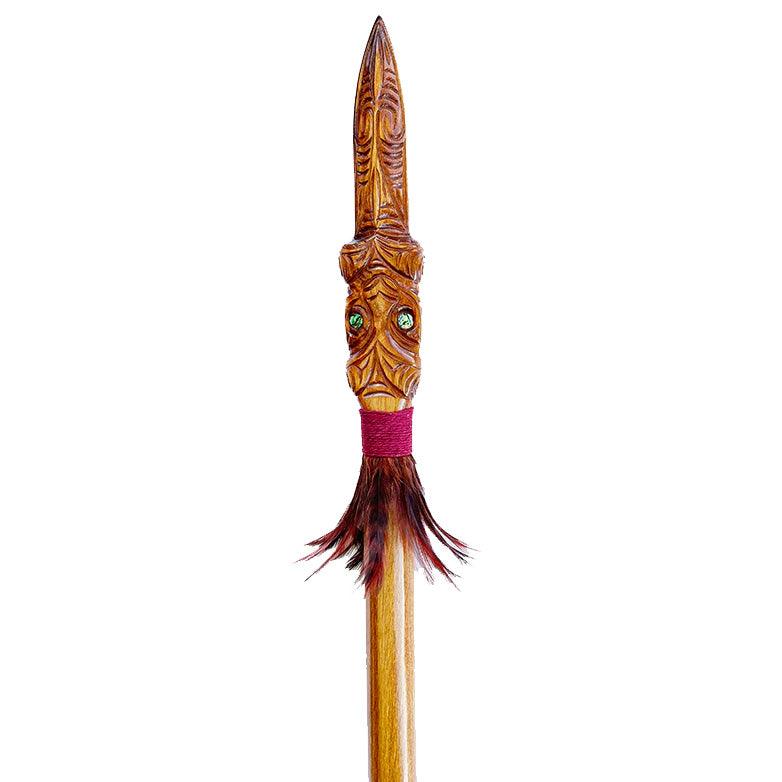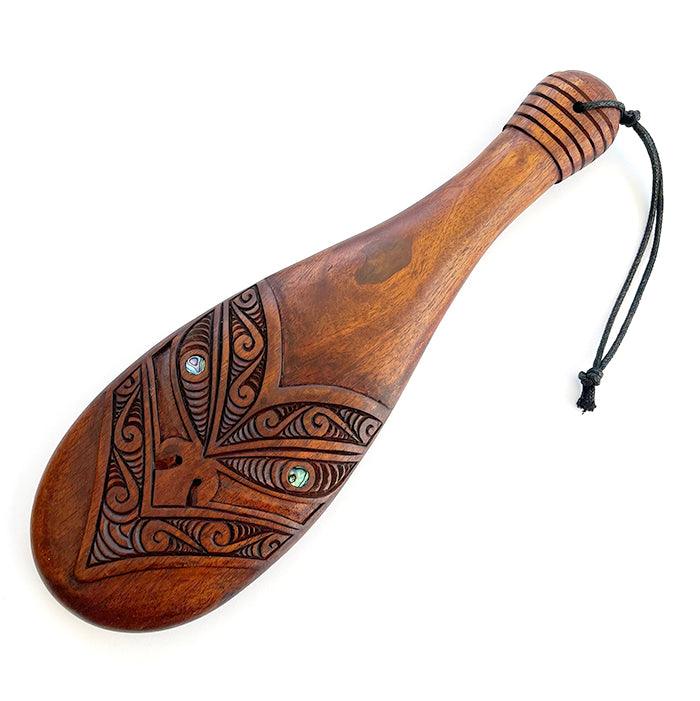Maori Culture Maori Culture
-
Patupaiarehe - Maori Fairies Patupaiarehe - Maori Fairies
Maori have their own mythological fairies, called Patupaiarehe. These beings inhabit the forests and mountains, and usually only venture out at night or when there is fog or mist to hide them. Being sensitive to sunlight, they are fair-skinned with reddish or light coloured hair, with eye colour of blue or black. Some believe that red-haired Maori are their descendants. Some also believe...Maori have their own mythological fairies, called Patupaiarehe. These beings inhabit the forests and mountains, and usually only venture out at night or when there is fog or mist to hide them. Being sensitive to sunlight, they are fair-skinned with reddish or light coloured hair, with eye colour of blue or black. Some believe that red-haired Maori are their descendants. Some also believe... -
Can you wear greenstone If you are not Māori? Can you wear greenstone If you are not Māori?
So, the wearing of greenstone is not restricted to Maori. What is more important is for the wearer to recognise the mana that pounamu holds, and that it is supposed to be handed down through the generations.So, the wearing of greenstone is not restricted to Maori. What is more important is for the wearer to recognise the mana that pounamu holds, and that it is supposed to be handed down through the generations. -
Did you know the first haka was performed by women? Did you know the first haka was performed by women?
According to Maori legend, the first haka was performed by a group of Maori women, who tricked a Maori chief (Kae) into smiling at their dance (haka), identifying him as the person their own chief, Tinirau, wanted to kill in revenge for Kae killing the pet whale of Tinirau. The whale was lent to Kae so he could return the whale to his homeland across...According to Maori legend, the first haka was performed by a group of Maori women, who tricked a Maori chief (Kae) into smiling at their dance (haka), identifying him as the person their own chief, Tinirau, wanted to kill in revenge for Kae killing the pet whale of Tinirau. The whale was lent to Kae so he could return the whale to his homeland across... -
Taiaha Taiaha
The Taiaha (pronounced Tie-uh-ha) is a Maori weapon used in close hand-to-hand combat. Usually made from a hardwood, the taiaha was used to strike and to stab, but mostly to strike with the rau, the blade. Parts of the taiaha are: Upoko: the head of the taiaha, including a carved head with paua shell eyes, and an arero, a tongue. Below the upoko are...The Taiaha (pronounced Tie-uh-ha) is a Maori weapon used in close hand-to-hand combat. Usually made from a hardwood, the taiaha was used to strike and to stab, but mostly to strike with the rau, the blade. Parts of the taiaha are: Upoko: the head of the taiaha, including a carved head with paua shell eyes, and an arero, a tongue. Below the upoko are... -
Patu Patu
Patu is the Maori name for a club or pounder. It was a common weapon used in hand-to-hand combat by Maori in inter-tribal wars or conflicts. Patu were made from wood, whalebone, stone, or greenstone. If made from greenstone, it was usually called a mere, or mere pounamu. If made from stone, it was a patu onewa; if made from whalebone it was called a patu paraoa; if...Patu is the Maori name for a club or pounder. It was a common weapon used in hand-to-hand combat by Maori in inter-tribal wars or conflicts. Patu were made from wood, whalebone, stone, or greenstone. If made from greenstone, it was usually called a mere, or mere pounamu. If made from stone, it was a patu onewa; if made from whalebone it was called a patu paraoa; if...











